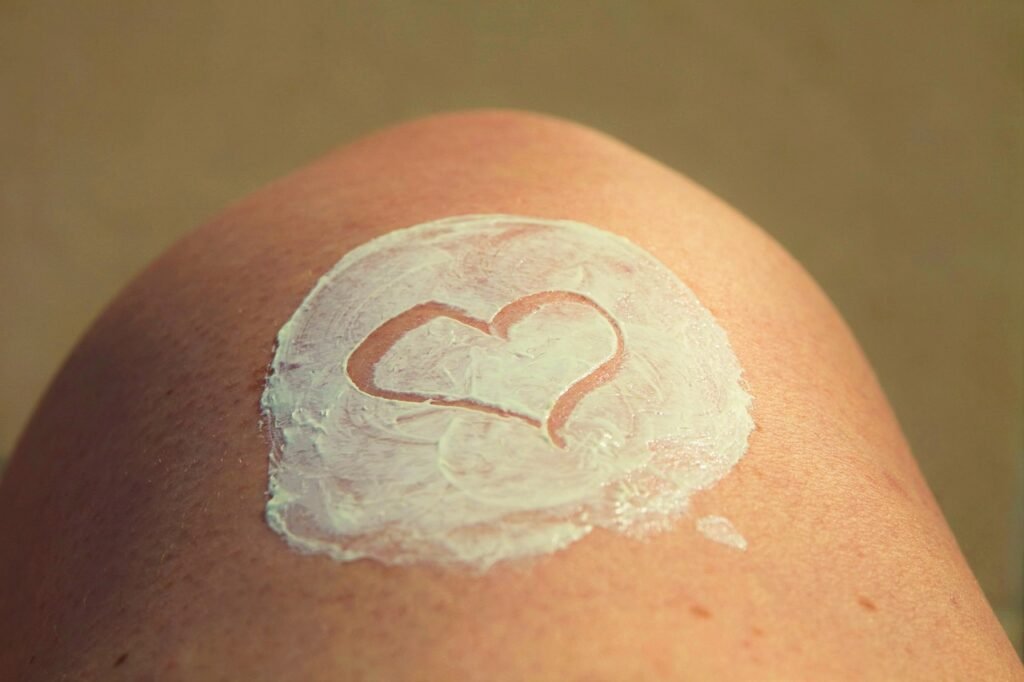From Plate to Pee: The Strange Science of Asparagus
Jake had always heard about seasonal eating. “You have to eat what nature gives you when it gives it,” his friends would say, swirling their wine glasses and laying asparagus spears on porcelain plates like offerings to some green god. He wasn’t convinced. Asparagus looked strange—like tiny trees or the antennae of an alien race. Still, he was curious, especially after one too many people had said, “Wait till spring. It’s a game-changer.” So one evening in early April, seduced by peer pressure and butter sauce, Jake gave in. He roasted the spears until they were just tender, their tips crisp and fragrant with lemon and garlic. He took a bite. Not bad, he thought. Actually… quite good. The next morning, something strange happened. As he stepped into the bathroom, a smell hit him—sharp, sulfurous, almost like scorched cabbage or burned rubber. He blinked, looked around, then froze. It was coming from him. He didn’t feel sick. Everything felt normal. But the smell was undeniably odd. Puzzled and mildly alarmed, Jake turned to the oracle of our age—his search engine—and typed, “Weird smell after eating asparagus.” What he found was not a disease, but a story—a science story—about a humble green vegetable and a molecule hidden in its core. Asparagus, it turns out, contains a rare sulfur compound called asparagusic acid. Found almost exclusively in this one plant, asparagusic acid is a small, unassuming molecule with two sulfur atoms looped into a five-membered ring. On its own, it doesn’t smell like much. But once it enters the human body, things get interesting. The digestive system, especially the liver, breaks this compound down through a series of enzymatic reactions, producing a medley of volatile sulfur compounds. Among them: methanethiol, dimethyl sulfide, and dimethyl sulfoxide—molecules that humans are exquisitely sensitive to, and which rapidly exit the body through urine. But here’s where the plot thickens: not everyone notices. Some people produce these smelly compounds after eating asparagus, while others don’t. And of those who do, only some can actually smell them. The difference lies not in manners or diet, but in genetics. A mutation in an olfactory receptor gene, OR2M7, determines whether your nose is tuned to pick up the scent. It’s a biological dice roll—some are “smellers,” some are “non-smellers,” and some are oblivious to the whole event. Jake, as he now knew, was a smeller—and a full-blown excretor. But odd bathroom science aside, asparagus earned its seasonal hype for more than just this peculiar trait. The stalks Jake had once avoided are powerhouses of nutrition. Each spear is loaded with folate, a B-vitamin essential for DNA synthesis and cell division—particularly important for pregnant women. There’s also vitamin K, crucial for blood clotting and bone health, along with vitamin C, vitamin A, and vitamin E, all acting as antioxidants that protect the body’s cells from damage. Asparagus even contains glutathione, one of the most potent internal antioxidants, supporting the liver in detoxification. It doesn’t stop there. Asparagus feeds not just you, but the microbes in your gut. It’s a natural source of inulin, a type of prebiotic fiber that nourishes healthy bacteria like Bifidobacteria and Lactobacillus. That means eating asparagus can improve digestion, reduce inflammation, and help regulate your immune system. Its gentle diuretic properties also support kidney function—possibly making you pee more, but flushing excess salt and waste in the process. Jake, now fully initiated into the mystery, couldn’t help but marvel at how a vegetable he had once ignored had become a symbol of nature’s biochemical artistry. What began as a simple dinner had turned into a lesson in genetics, metabolism, and nutrition. He smiled at the irony—how a strange smell could lead him to a deeper appreciation of something most people take for granted. The next time he roasted asparagus, he did it with purpose, almost reverently. And when the scent returned the next morning, he no longer recoiled. He simply nodded. Science had spoken!
From Plate to Pee: The Strange Science of Asparagus Read More »




